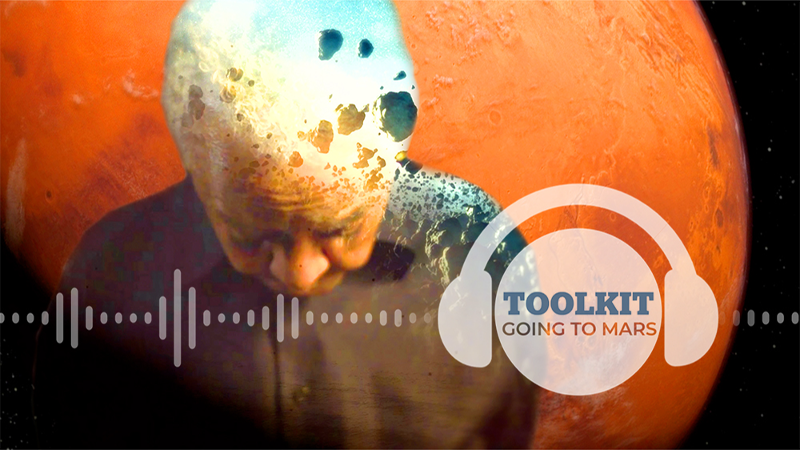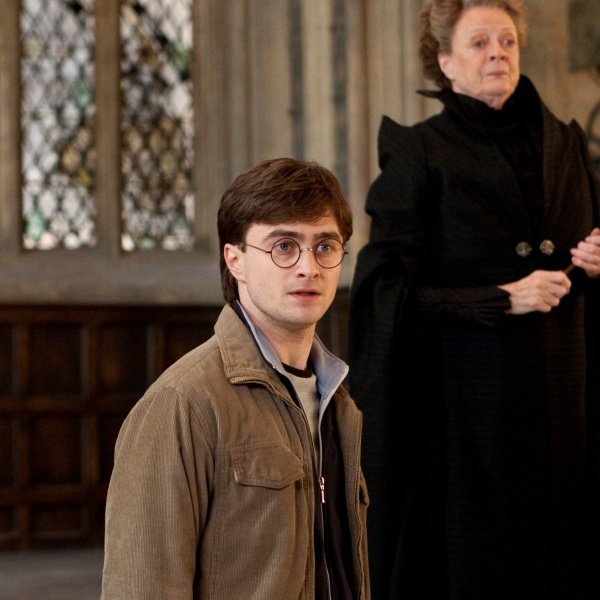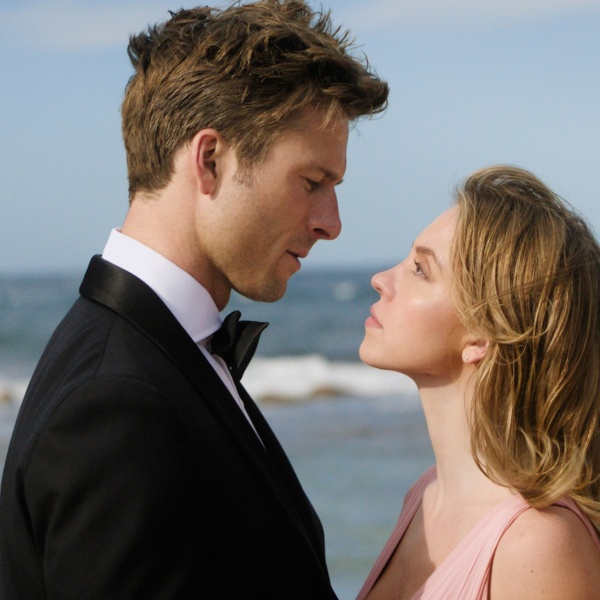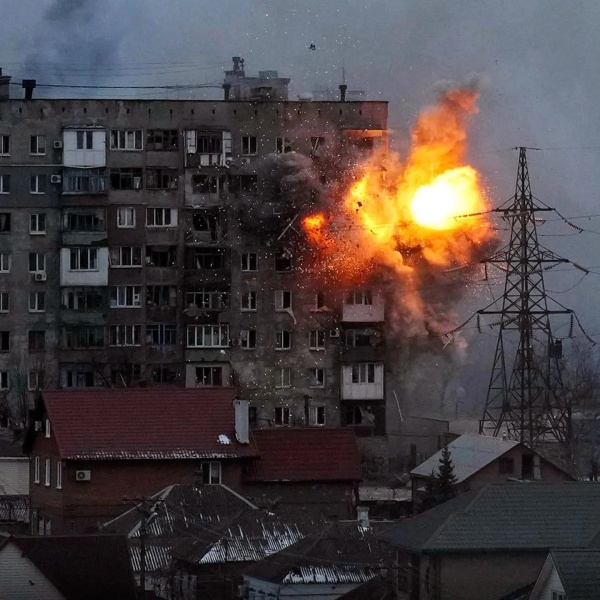After making “American Promise,” Michèle Stephenson and Joe Brewster were looking to create a very different type of documentary. The married co-directors had spent over a decade documenting their son and his best friend’s journey through Dalton, one of the most prestigious private schools in the country.
“That was 13 years of intense verité filmmaking,” said Stephenson, when she and Brewster were on IndieWire’s Toolkit podcast. “And I think as artists, we wanted to explore the medium and figure out what other kind of storytelling can we try.”
The filmmaking partners knew they were looking for a new project that would allow them to use archival footage to focus on an artist but push beyond a normal biography profile. Brewster, in particular, was focused on making a film about a musician. “Music is an entry to your soul,” said Brewster. “And so we thought that would be emotionally resonant and we could play with the form, using multiple tools to tell this story.”
The filmmakers were starting to realize the creative limitations and licensing nightmares of a music documentary when they caught poet-writer Nikki Giovanni on NPR. Giovanni was one of the most prominent poet-activists to come out of the late-’60s Black Arts Movement, and, as the film explores, is one of the Godmothers of Afrofuturism and the Afropunk alternative arts scene. Stephenson and Brewster were already familiar with Giovanni’s writing (Brewster credits it with changing his worldview as a teen), but hearing her speak on NPR, they started making connections between Giovanni’s creative expression and their own filmmaking ambitions.
“When we encounter the poetry of Nikki, not only do we get an entry through poetry to someone’s soul,” said Brewster. “We also got the unique viewpoint of a poet, which is always to flip the world upside down and make you think twice about what you just heard.”
Brewster pointed to director Bertrand Tavernier’s 1986 musical drama “Round Midnight,” and the scene where legendary tenor saxophonist Dexter Gordon plays almost an entire song. “Normally you’d have to cut that off at about 10 seconds in; they let it run,” said Brewster. “We wanted to do that dance: How can you allow a poet or musician to express themselves artistically, and not dumb it down with banal archival that’s not pushing the discussion further?”
The conclusion was it would be largely up to the montage to keep things interesting enough to sustain and hear the music, or in this case Giovanni’s poetry. Stephenson added that Giovanni supplied a particularly good base to build off: “Nikki is a very rhythmic, [both] as an orator [and] in her poetry, so that gave us a meter for the cutting.”
As Stephenson explains in the video at the top of the page, “We wanted the archival to be a call and response to what was being said, and to the music, and to the sound design, not an illustration of what was being said. When we were looking at archival or the past, it never felt like a flashback. It really felt present.”
Brewster added, “But also, why is that? Why doesn’t it feel like a flashback? Because the levels are talking to each other. So when Nikki says she has difficulty with her dad, and then we pop in James Baldwin, and she’s arguing with Baldwin [Giovanni’s 1971 TV interview of Baldwin is interwoven throughout the film], the conversation continues. They’re talking about civil rights in 1971, but you’re thinking Gus [Giovanni’s father].”
These types of juxtapositions are at the heart of the film, and to Brewster’s point, the audience doesn’t have time to think of these events as the past or flashbacks. Instead, the filmmaking challenges the viewer to decipher for themselves what comes from those editing decisions.
While Giovanni put parameters around what she was willing to talk about on camera, she never tried to put constraints on what the filmmakers did. For example, while she refused to read from certain pieces of her writing, she didn’t stop the filmmakers from using them; actress Taraji P. Henson was brought in to read the poems Giovanni wouldn’t. That lack of constraint extended to how Stephenson and Brewster created their own meaning and built their own artistic exploration from the poet’s work and life.
“I tried to show her, on multiple occasions, a cut or a scene, and she said, ‘Baby, you do you,’” recalled Brewster. “That was the ultimate offer to be more expressive.”






